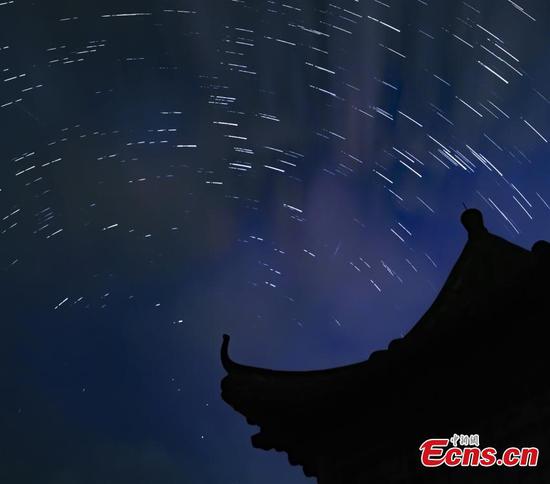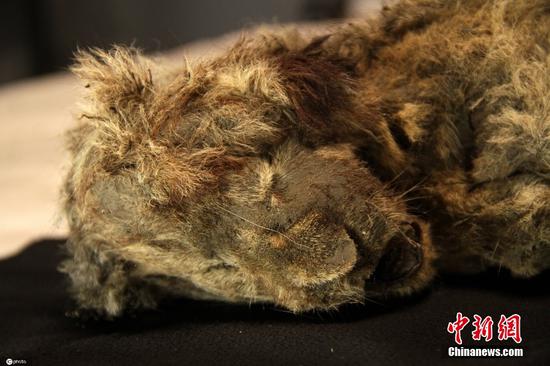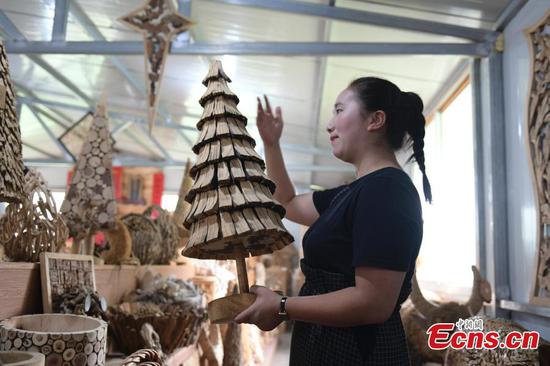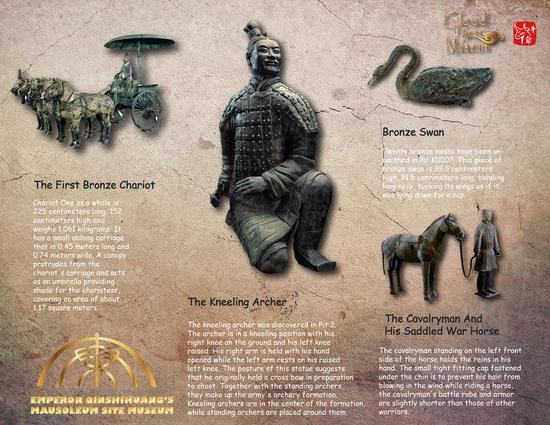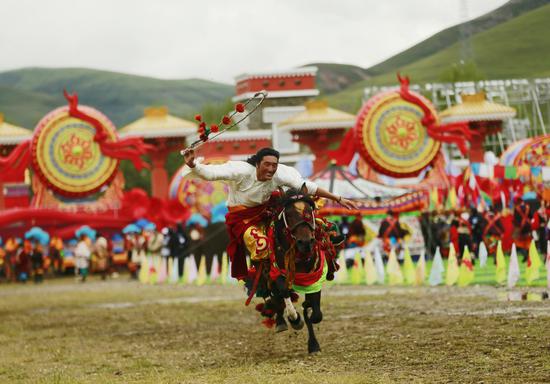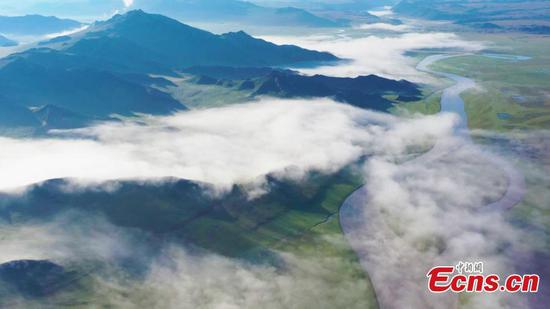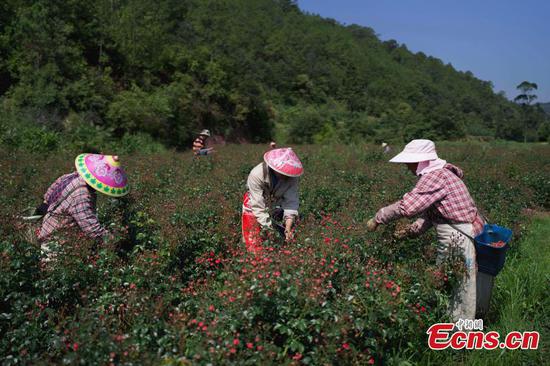![Rare fish fry are released into the Yangtze River in Wanzhou, Chongqing, last month. [Photo by Ran Mengjun/for China Daily]](http://image.cns.com.cn/ecns_editor/transform/20210812/DwOd-wpvsxqh2337518.jpg)
Rare fish fry are released into the Yangtze River in Wanzhou, Chongqing, last month. [Photo by Ran Mengjun/for China Daily]
Over 50,000 captive-bred rare fish were released into the Wanzhou section of the upper Yangtze River and the central part of the Three Gorges reservoir area recently to help bolster wild populations of the endangered species and work toward restoring environmental balance.
Overseen by the Fishery Supervision and Administration Office of the Yangtze River Basin and the local government, the release of 50,328 rare fish fry-including Chinese sturgeon, Yangtze River sturgeon, cochineal fish, Yanyuan carp, Chinese barb and thick jaw bream-took place on a river bank in Chongqing's Wanzhou district.
The river's biodiversity has declined steeply in recent years, mainly as a result of overfishing. Tang Xiufeng, deputy director of the Wanzhou Fisheries Research Institute, said that before last year, only 56 species were found in the area.
"Releasing rare fish fry is beneficial to water biodiversity and environmental restoration in the Three Gorges reservoir area," Tang said.
On Jan 1 last year, a 10-year comprehensive moratorium outlawing all types of fishing except for research purposes came into effect in the main channel of the Yangtze, Asia's longest waterway, as well as its major branches and two large connected lakes.
On March 1 this year, the Yangtze River Protection Law was enacted to further strengthen the protection and restoration of the Yangtze River Basin environment.
Notable progress toward allowing nature to restore itself by improving water quality, restoring biodiversity and controlling pollution in the Yangtze River Basin has since been made.
"The ban created opportunities for water restoration," said Zhou Chunlei, leader of Wanzhou's agricultural law enforcement detachment.
A series of measures has been taken to step up conservation of fishery resources following the ban.
At the release ceremony, an innovative artificial intelligence video surveillance system attracted much attention. The system, which employs AI algorithms in video monitoring, can create an automatic identification and warning system for instances of illegal behavior.
The system has been put into use along the Yangtze in Chongqing's Wanzhou, Wushan, Nan'an and Jiulongpo districts and is expected to cover the whole city soon.
Wanzhou also created Chongqing's first fishery protection team, which includes 16 former fishermen, to undertake law enforcement patrols.
Last year, the district set up a persuasion team, sent out more than 70,000 pamphlets and broadcast a publicity trailer on river bank screens, which greatly improved awareness of fish protection, Zhou said.
"The 'fishing-ban culture' has taken root in many a heart," Zhou said. "You can see people strolling on the banks persuading others to not fish and anglers to set rare fish free."
As of June 30 last year, 994 fishermen on 445 boats had handed in their nets along the Wanzhou section of the Yangtze.
To strengthen the ecological balance of the river in the past decade, Wanzhou has released more than 75.5 million rare fish into the reservoir area. Now home to 128 species, fishery resources in the Wanzhou section have been significantly restored.








